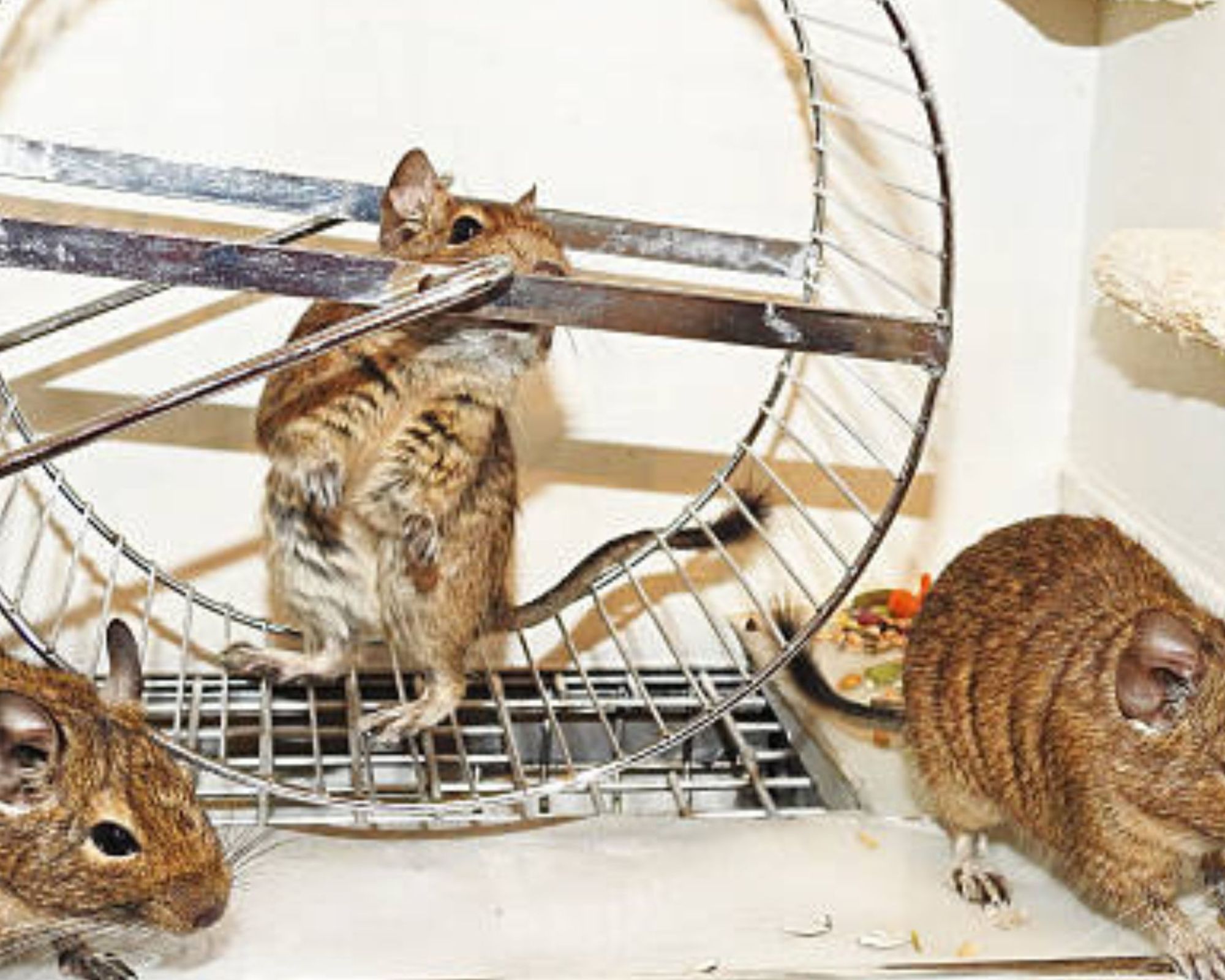Introduction
Rat infestations can be a serious nuisance and a health hazard for homeowners. Rats are notorious for spreading diseases, damaging property, and contaminating food supplies. Dealing with a rat infestation requires a multi-faceted approach that involves prevention, identification, and eradication. In this guide, we will explore effective methods to get rid of rats in your home, ensuring a safe and healthy living environment for you and your family.
Personal experience
Rats are seen in many homes, and there are many problems due to rats. Unfortunately, my house also had a nest of rats. and to control them I kept two dogs. These dogs killed all the mice and also these two dogs killed three snakes.
This is how I cleaned my house from rats with the help of dogs. I was very happy to see this when I cleaned my house from rats.
1 : Identifying a Rat Infestation
Before you can effectively tackle a rat infestation, it’s important to identify its presence. Here are some common signs to look for:
- Droppings: Rat droppings are typically small, dark, and cylindrical. Finding these droppings near food sources or nesting areas is a clear indication of rat activity.
- Gnaw Marks: Rats have a strong need to gnaw on objects to keep their teeth from growing too long. Look for gnaw marks on furniture, electrical wires, and walls.
- Nesting Sites: Rats create nests out of shredded materials like paper, fabric, and insulation. Check hidden and dark corners of your home for these nests.
- Noises: Rats are often active at night. If you hear scratching, scurrying, or squeaking noises in your walls or ceilings, you likely have rats.
- Grease Marks: Rats tend to leave grease and dirt marks along their regular pathways. These marks are a result of their fur rubbing against surfaces.
2: Prevention
Preventing a rat infestation is the first line of defense. By taking certain measures, you can significantly reduce the likelihood of rats entering your home:
- Seal Entry Points: Inspect your home for any gaps, cracks, or holes that rats could use to enter. Seal these entry points with steel wool or caulk.
- Secure Food Sources: Store food in airtight containers, and don’t leave pet food out overnight. Regularly clean up crumbs and spills.
- Maintain Landscaping: Trim tree branches away from your home’s exterior, as rats can use them as a bridge to get inside. Keep your yard free of clutter and debris.
- Proper Waste Management: Ensure that your trash cans have tight-fitting lids and that garbage is disposed of regularly.
- Elevate Storage: Store firewood, compost, and other items away from the ground, as rats may seek shelter in these areas.
3: Eradication Methods
If you’ve confirmed a rat infestation, it’s time to take action to eliminate them from your home:
-
Traps:
- Snap Traps: These are traditional traps that quickly snap shut when a rat triggers them. Place them along rat pathways, near entry points, and in dark corners.
- Glue Traps: Glue traps are sticky surfaces that rats get stuck on. While effective, they may not be the most humane option.
- Live Traps: Live traps capture rats without killing them. Once caught, release the rats far away from your home.
-
Baits:
- Poison Baits: Poison baits should be used with caution, especially in households with pets and children. Place baits in enclosed bait stations to prevent accidental consumption by non-target animals.
- Natural Baits: Use peanut butter, dried fruit, or bacon as bait in traps. Rats have a keen sense of smell and are attracted to these foods.
- Ultrasonic Devices: These emit high-frequency sound waves that are unpleasant to rats but often not effective as a standalone solution.
- Professional Extermination: If the infestation is severe or the methods you’ve tried are unsuccessful, consider hiring a professional pest control service. They have the expertise and resources to handle complex rat infestations safely.
4: Clean-Up and Maintenance
Once you have successfully eliminated the mouse, it’s important to clean up and take preventive measures to avoid future infestations:
- Thorough Cleaning: Disinfect areas that were affected by rats to eliminate any lingering germs or odors. Replace contaminated insulation and materials.
- Regular Inspection: Continue to inspect your home for any signs of rats. Early detection can help prevent a re-infestation.
- Maintain Hygiene: Keep your home clean and organized. Regularly sweep, mop, and vacuum to remove potential food sources and nesting materials.
- Outdoor Maintenance: Trim plants and trees away from your home. Seal any new entry points that may have appeared.
Conclusion
Dealing with a rat infestation requires a proactive and persistent approach. By identifying the signs of infestation, implementing preventive measures, using appropriate eradication methods, and maintaining a clean environment, you can successfully rid your home and prevent future problems. Remember that rat control is an ongoing process that requires vigilance and a combination of strategies to ensure the health and safety of your household.
